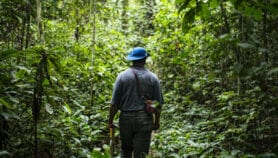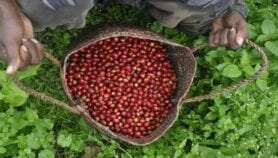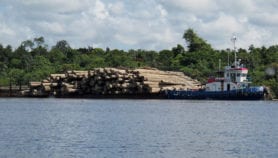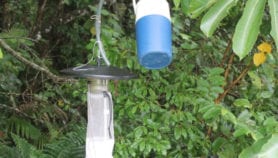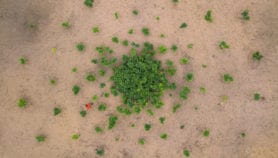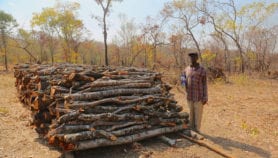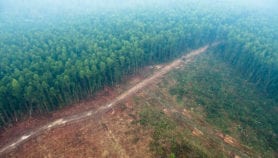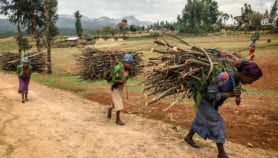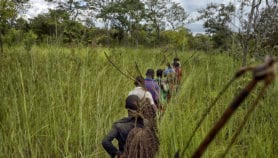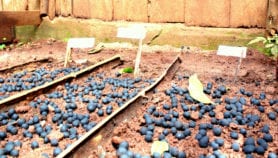By: Charles Mkoka
Send to a friend
The details you provide on this page will not be used to send unsolicited email, and will not be sold to a 3rd party. See privacy policy.
Environmental degradation is contributing to discrepancies in rainfall predicted between countries across southern Africa, according to climate scientists.
They were speaking at a meeting of the Southern Africa Development Community (SADC) in Maseru, Lesotho, last week (14 September).
Scientists forecast below-normal rainfall from October 2007 to March 2008 for Angola, Botswana, the Democratic Republic of Congo, Mauritius, Namibia and Tanzania. But most SADC countries will experience above average rainfall.
The difference is blamed partly on environmental degradation, such as deforestation. Scientists said that reduced forest cover in some areas may have affected the water cycle.
According to the Drought Monitoring Centre (DMC) in Gaborone, Botswana, the seasonal forecasts generated through the Southern Africa Regional Climate Outlook Forum (SARCOF) have become an important planning tool for many users and communities.
The SARCOF facilitates interaction among weather forecasters, decision-makers and climate information users such as hydrologists, conservationists and aviation specialists.
Brad Garanganga, coordinator of the DMC said the seasonal climate outlooks have armed the region with crucial early warning information. He said these help to mitigate climate related disasters, such as droughts and floods.
Mathabo Mahahabisa, assistant head of the Lesotho Meteorological Service, said that SARCOF has played an important role in assisting national meteorological services to produce national forecasts and provide member countries with more accurate climate information.
Mahahabisa said that when Lesotho forecasted below normal rainfall this year, the national reservoir in Maseru was filled with water in preparation, so drinking water was available even after prolonged drought had dried the rivers.
The SARCOF meeting also trained disaster risk reduction managers — government meteorological officials working to alert communities in cases of imminent disasters like floods — in the SADC region to integrate rainfall information in their decision-making and plans to respond to climate risks.
The forecasts came as several east and west African countries experienced severe flooding due to heavy rain. The United Nations says 250 people have died and more than 600,000 people have been made homeless across 17 countries, reported the BBC.


